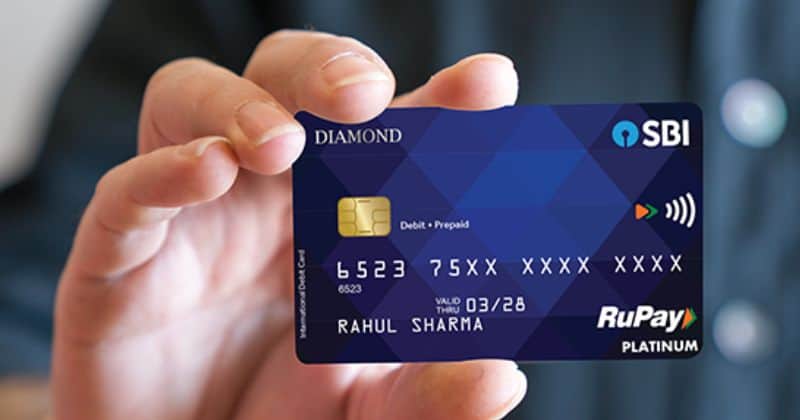How Debit Card EMI Works?

In the evolving landscape of personal finance, the ability to buy products and services in installments has become a powerful tool for consumers. While most people are familiar with credit card EMIs (Equated Monthly Installments), a relatively newer and lesser-known concept is the debit card EMI. This financing option has garnered attention due to its accessibility and ease of use, especially for those who do not own credit cards or wish to avoid the risks associated with credit card debt. Debit card EMI is a feature offered by banks and financial institutions that allows customers to convert their purchases made using a debit card into easy monthly installments. Instead of paying for the full amount at the time of purchase, you can opt for EMI payment options, splitting the amount over a predefined period. The first step in availing debit card EMI is ensuring that your debit card is eligible for this feature. Most banks offer this feature on premium or select debit card variants. Once you confirm your eligibility, the next step is making a purchase. The product or service must meet the minimum purchase requirement for EMI conversion. When you proceed with the payment, you’ll typically see an option to convert the amount into EMI on the payment page. After selecting the EMI option, the bank will verify your eligibility. If approved, the EMI conversion will be confirmed. Once the EMI plan is set up, the agreed-upon amount is deducted monthly from your bank account until the full value is paid off. In most cases, debit card EMI comes with an interest charge, which varies based on duration and bank policies. Unlike credit card EMIs, debit card EMIs are often available even if you have no credit history. Since debit card EMIs are linked to your bank balance, there’s little risk of falling into a debt trap. The process of converting a debit card transaction to EMI is straightforward, with minimal paperwork involved. Not all debit cards are eligible for EMI conversion. The bank may have specific conditions that must be met. Debit card EMIs come with interest rates and, in some cases, processing fees. The bank will automatically deduct the EMI amount from your bank account every month. Debit card EMI is limited by your available balance, restricting purchasing power compared to credit card EMIs. Since the EMI amount is deducted from your savings account, it’s important to factor this into your monthly budgeting. Debit card EMI is an excellent tool for those who want to make big-ticket purchases without putting a strain on their finances. It offers the benefit of easy installment payments and does not require a credit card. However, it’s essential to weigh the advantages against the possible drawbacks, such as interest rates and eligibility requirements. By understanding how debit card EMI works and considering the factors involved, you can make an informed decision and use this payment option to manage your finances better.What is Debit Card EMI?
How Does Debit Card EMI Work?
1. Eligibility Check
2. Choosing the Purchase
3. Opting for EMI Payment
4. EMI Confirmation
5. Monthly Repayment
6. Interest and Fees
Advantages of Debit Card EMI
1. No Need for Credit History
2. Less Risk of Debt
3. Simple Process
Things to Consider Before Opting for Debit Card EMI
1. Eligibility Requirements
2. Interest and Charges
3. Automatic Deductions
4. Limited Purchasing Power
5. Impact on Savings
Conclusion

